Table of Content
The Maharashtra government has taken a significant step toward streamlining the operation of Mumbai’s growing metro network. At present, different agencies manage various metro lines in the Mumbai Metropolitan Region (MMR), often leading to coordination challenges. To address this, the state has announced the formation of a committee that will explore ways to merge MMR metros under one body, ensuring seamless connectivity and unified operations across the region.
Why the State Wants to Merge MMR Metros Under One Body
Currently, three major agencies manage metro lines in the MMR the Mumbai Metro Rail Corporation (MMRC), the City and Industrial Development Corporation (CIDCO), and the Mumbai Metropolitan Region Development Authority (MMRDA). Each operates independently, with separate administrative systems, project timelines, and fare structures.
This fragmented management has often resulted in overlapping responsibilities, inconsistent commuter experiences, and delays in decision-making. To eliminate these issues, the state government aims to merge MMR metros under one body that can oversee all aspects of metro construction, operation, and maintenance.
The committee will also study successful global transport models such as Transport for London (TfL) and Singapore’s Land Transport Authority (LTA) both of which are known for their integrated and efficient public transport systems. Drawing inspiration from these examples, Maharashtra intends to build a single, accountable structure that enhances coordination and commuter convenience.
Also Read: MoFA vs RERA: Why Maharashtra Government Is Considering Repealing MoFA
Formation of the Committee
According to a Government Resolution (GR) issued by the Urban Development Department (UDD), the committee will function under the Mumbai Metropolitan Region Development Authority (MMRDA). It will be chaired by MMRDA Commissioner Sanjay Mukherjee and will be responsible for submitting its report and recommendations within three months.
The committee comprises key officials from the state’s metro and urban development bodies:
- Ashwini Bhide, Managing Director, Mumbai Metro Rail Corporation (MMRC)
- Rubal Agarwal, Managing Director, Maha Mumbai Metro Operations Corporation Limited
- Joint Managing Director, CIDCO
- Joint Secretary, Urban Development Department
- Director (Planning), MMRC
The inclusion of representatives from all existing metro authorities ensures a comprehensive approach to finding a workable model that balances efficiency, accountability, and regional growth.
Current Scenario of MMR Metro Operations
The MMR’s metro network is one of India’s most ambitious urban transport initiatives, but its management remains divided among three agencies:
- MMRC currently operates the Aqua Line (Metro 3) and is constructing a new corridor from Wadala to the Gateway of India.
- CIDCO runs the Belapur–Pendhar metro line in Navi Mumbai and is also developing three additional lines to expand connectivity in the satellite city.
- MMRDA is responsible for most other metro lines in the Mumbai region, including lines currently under construction and operation.
This multi-agency structure has made it difficult to maintain uniform standards for operations, fares, and passenger services. By working to merge MMR metros under one body, the state hopes to bring much-needed uniformity and efficiency to the system.
The Vision Behind a Unified Metro Management System
The government’s larger goal is to create an integrated urban transport network for the Mumbai Metropolitan Region. A single governing body could ensure:
- Common fare and ticketing systems across all metro lines
- Centralized operations and maintenance to reduce duplication of work
- Consistent passenger experience in terms of safety, services, and facilities
- Faster decision-making for expansions and policy updates
Global models like TfL in London have demonstrated how a unified agency can manage metros, buses, and other transport systems under one umbrella. Maharashtra’s move to merge MMR metros under one body reflects a similar vision of efficiency and modernization.
Historical Context and the Need for Change
The Mumbai Metro Rail Corporation (MMRC) was initially set up as a separate entity when the government was uncertain about the MMRDA’s capability to handle large-scale metro construction. However, as the MMRDA gained experience managing multiple metro projects, the need for multiple authorities became less relevant.
With metro networks expanding rapidly across the region, the government now sees merit in consolidating management. A unified structure will simplify administrative procedures, reduce bureaucratic overlaps, and accelerate the region’s infrastructure development.
Expected Outcomes and Implementation Challenges
The newly formed committee has been tasked with submitting a detailed report within three months, outlining the framework for integration. Once the proposal is approved, the process of merging administrative systems, personnel, and financial resources will begin.
However, the plan to merge MMR metros under one body may face challenges, including:
- Aligning the financial and operational structures of three different agencies
- Integrating staff and management practices under one framework
- Balancing the interests of different jurisdictions within the MMR
Despite these hurdles, the long-term benefits of an integrated metro governance model far outweigh the challenges. A single authority will make Mumbai’s metro network more efficient, reliable, and user-friendly.
Also Read: Third-Party Flat Buyers Have No Rights Once Developer Is Removed, Rules HC
Conclusion
The Maharashtra government’s decision to merge MMR metros under one body marks a critical shift in how urban transport will be managed in the future. By unifying the operations of MMRC, CIDCO, and MMRDA, the state is taking a forward-looking approach to streamline administration and improve the commuter experience.
If implemented successfully, this initiative could pave the way for a fully integrated metro network, where passengers can travel seamlessly across Mumbai and its suburbs, without worrying about ticketing differences or coordination delays.
As the committee begins its work, Mumbai’s dream of a truly connected, world-class metro system moves one step closer to reality.

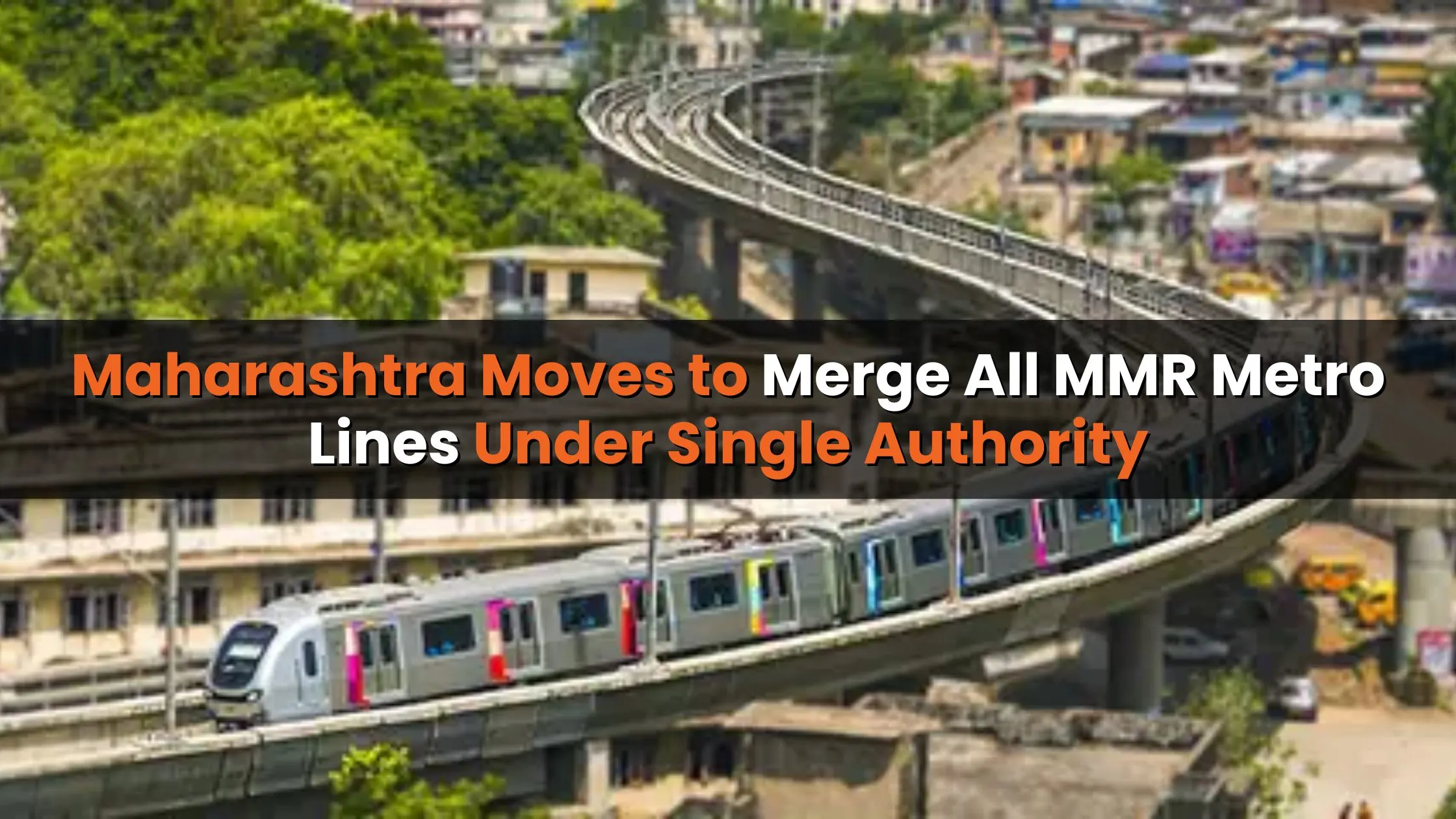

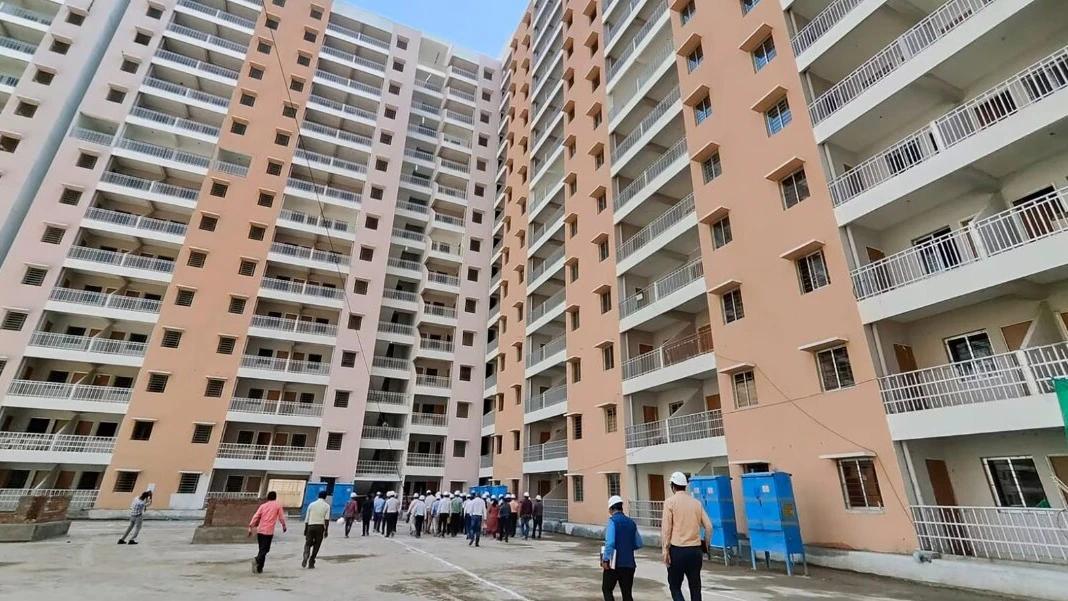
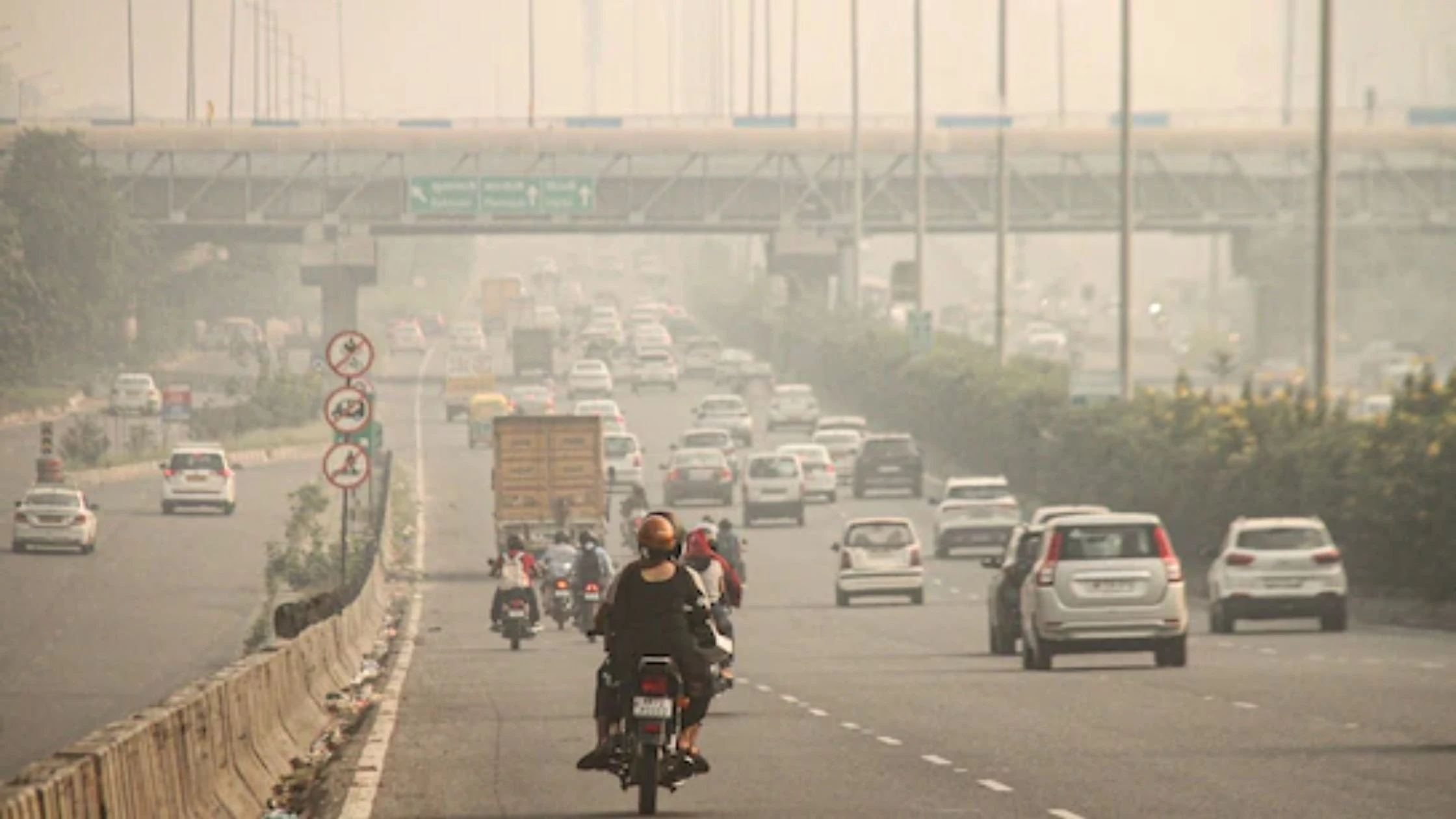
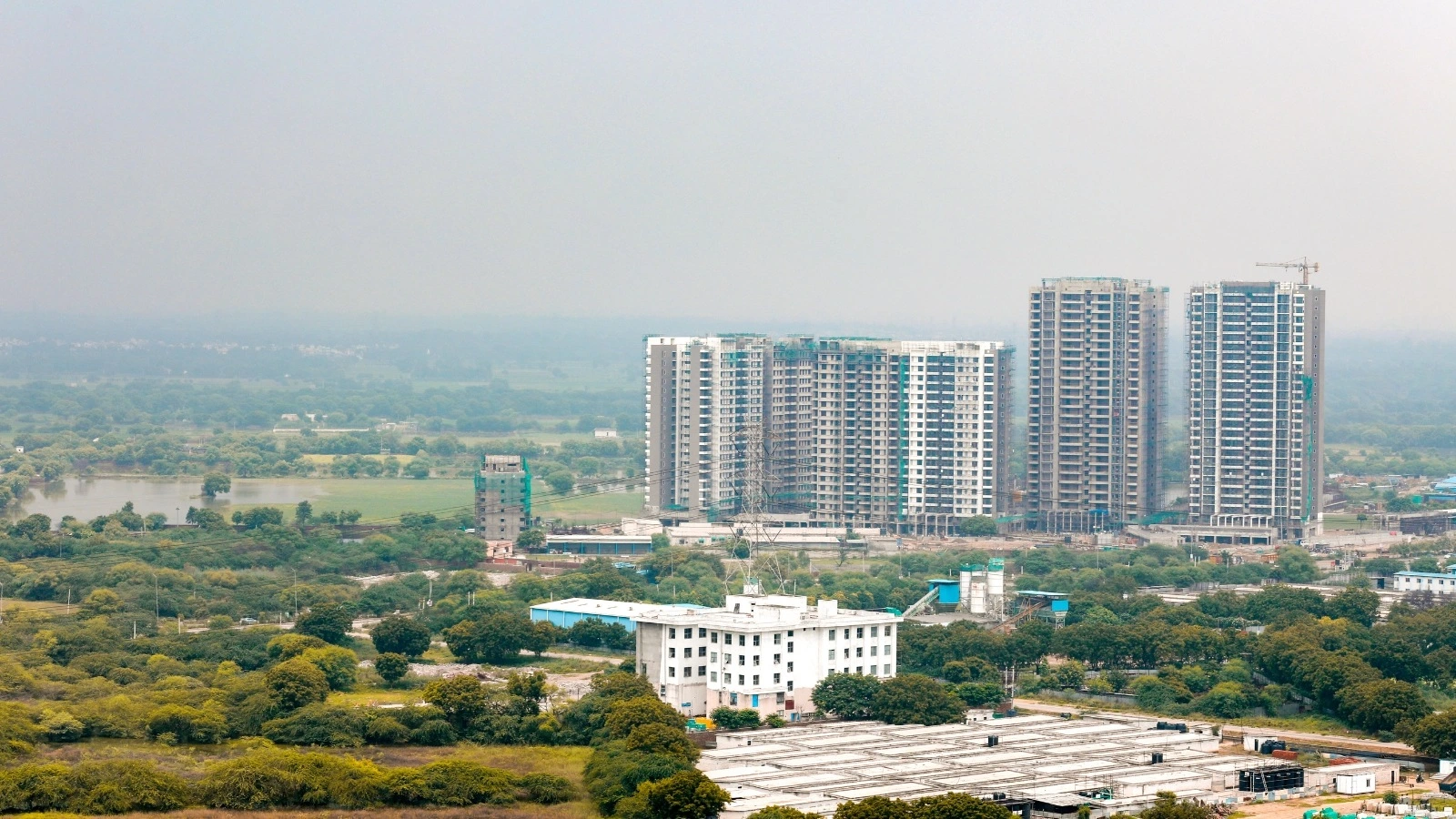

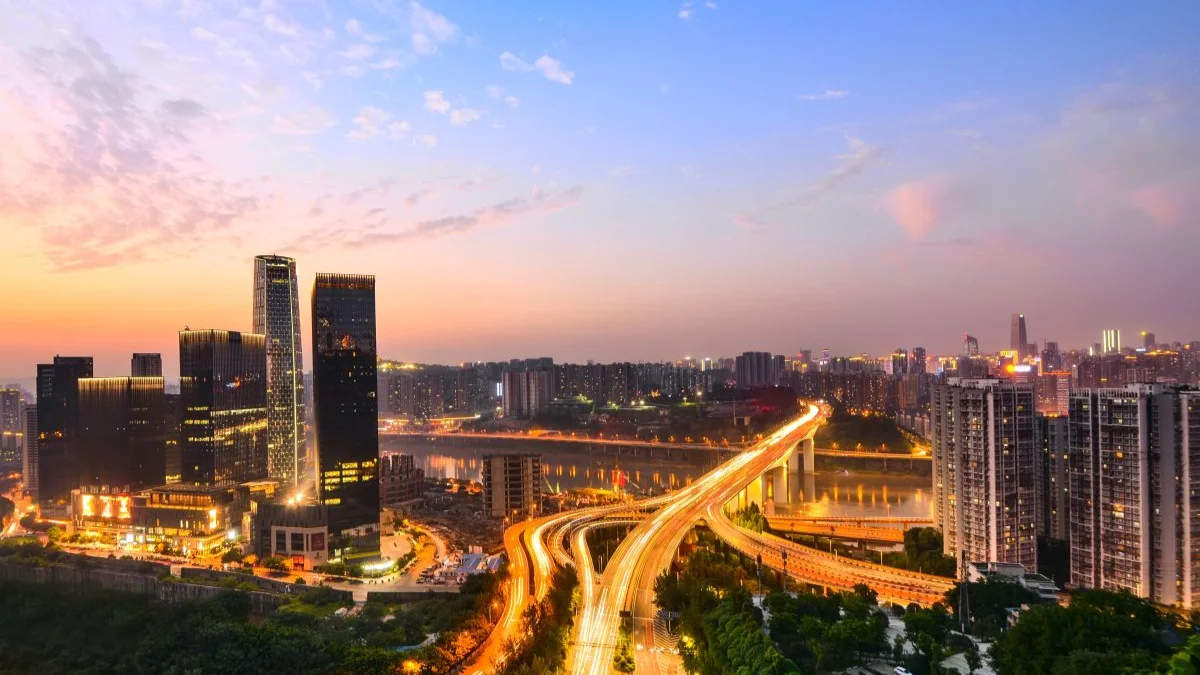
_1766133697.webp)
Ans 1. The state aims to streamline operations, reduce coordination issues among multiple agencies, and ensure seamless connectivity, uniform fares, and consistent passenger experiences across Mumbai’s metro network.
Ans 2. MMRC (Mumbai Metro Rail Corporation), CIDCO (City and Industrial Development Corporation), and MMRDA (Mumbai Metropolitan Region Development Authority) each manage different metro lines independently, leading to fragmented operations.
Ans 3. The committee is chaired by MMRDA Commissioner Sanjay Mukherjee and includes senior officials from MMRC, CIDCO, and urban development bodies to ensure a comprehensive integration plan.
Ans 4. The committee will study best practices, design a unified governance model, and submit recommendations within three months to merge all MMR metro lines under a single authority.
Ans 5. A single body would provide common ticketing systems, centralized operations, faster decision-making, uniform service standards, and more efficient maintenance across all metro lines.
Ans 6. Yes. Models like Transport for London (TfL) and Singapore’s Land Transport Authority (LTA) show how unified management improves efficiency, coordination, and commuter convenience.
Ans 7. Challenges include aligning financial and operational structures, integrating staff and management practices, and balancing jurisdictional interests within the Mumbai Metropolitan Region.
Ans 8. Once implemented, passengers can expect a seamless travel experience across Mumbai’s metro network, with consistent fares, smoother transfers, and improved service quality.
Ans 9. The committee will submit its report within three months. Following approval, integration of administrative, operational, and financial systems will start.
Ans 10. The goal is to create a fully integrated, world-class urban transport system that enhances connectivity, efficiency, and reliability for commuters across Mumbai and its suburbs.